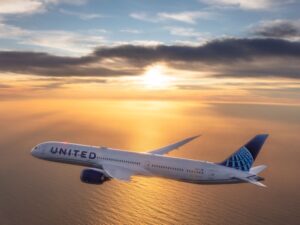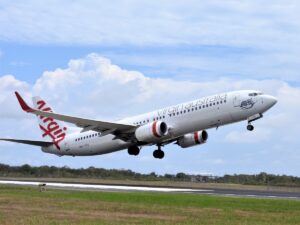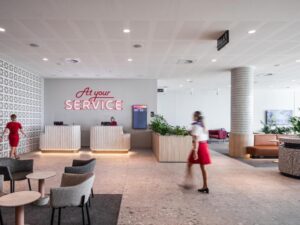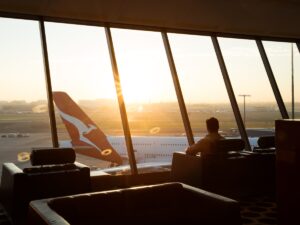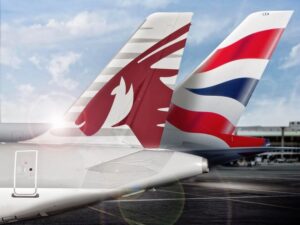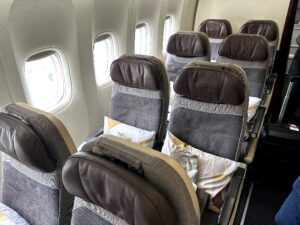
Global Distribution Systems (GDS) such as Amadeus, which is used by many airlines including Qantas, have already developed systems that offer personalised pricing to customers based on what they think the customer is willing to pay.
The concept of dynamic pricing is not new
Of course, airfare prices have already been dynamic for many years. The cost of a plane ticket can vary on an hourly basis based on a whole range of different factors. But, until now, very few airlines have been able to offer personalised pricing which is tailored specifically to the customer’s willingness to pay.
Traditionally, airlines have employed a few tactics to charge more to customers with a higher willingness to pay, such as business and corporate travellers. For example, many airlines impose minimum stay requirements on round-trip airfares to limit the use of discounted sale airfares by business travellers.
Some airlines also use browser cookies to show you a higher price if you’ve already searched for the same flights multiple times. Airlines assume that you’re likely to make a purchase so raise the price. That’s why it’s sometimes recommended to browse in incognito mode or clear your cookies when searching for airfares online.
But these systems are outdated and too easy for customers to circumvent. Systems like Amadeus Dynamic Pricing are much more sophisticated.
How Amadeus Dynamic Pricing works
Amadeus Dynamic Pricing aims to figure out how much a potential customer is prepared to pay for a flight and to personalise the airfares being displayed accordingly. On one hand, this could lead to lower fares for price-sensitive customers. But the system is also designed to increase revenue from wealthier customers that would be prepared to pay more. The Amadeus website says that the system will “determine fares which are acceptable to passengers based on market demand and the value they attach to [the airline’s] product”.
So, how does this system determine what a customer is willing to pay?
Well, it applies modelling that predicts how customers from different market segments respond to different price points. If the airline has excess capacity it wants to fill, and it believes the customer is from a demographic with a lower willingness to pay, it may display a lower price. This could help to reduce what’s known as low yield spill.
The system continually analyses past flight searches, looking at what was offered and what customers subsequently booked. It takes real-time competitors’ fares into consideration when setting prices as well.
It is entirely not clear how the system will determine what a customer’s willingness to pay is. But factors such as the customer’s postcode, previous flight search history or even the type of device they’re using to search for flights could all play a part.
Overall, the system is designed to increase the average price of airfares. Amadeus predicts that its Dynamic Pricing system will generate a 7% increase in overall airline revenue – which is a substantial amount of money.
